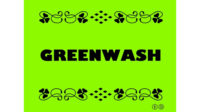“Survivability” of critical low-voltage and power infrastructure can mean different things to different people. And, so, it is necessary to protect all kinds of power and low-voltage infrastructure from many potential risks. Fire events pose a great risk, because the associated losses and downtime for a fire event in critical facilities can be catastrophic.
This article will focus on the cabling, including the splitting/splicing and related components, that is distributed along those pathways.
When it comes to protection of certain critical infrastructure, some stakeholders, such as building, electrical, and fire code enforcers, can be focused solely on the regulatory minimum requirements.
Convergence has placed many life safety and security systems onto the common IT backbone, blurring the lines between regulatory mandates and other stakeholders’ requirements. In these cases, engineers are compelled to keep an eye on the mandates for secondary power, pathway integrity monitoring, and "survivability" for regulated systems’ functions, such as Style N data circuits from National Fire Protection Association (NFPA) 72, “National Fire Alarm & Signaling Code.”
Figures 1 and 2 represent typical life safety applications and the basic difference between protection through "built" fire-rated assemblies and rated product assemblies.
Building codes drive criteria directly or indirectly (e.g., standards such as NFPA 72, UL 1221, NFPA 70, etc.). These regulations address services such as:
- Fire pump feeders;
- Emergency/standby generator feeders;
- Elevator feeders;
- Relocation/partial egress voice communications systems;
- Emergency radio communications enhancement/coverage system (ERCES/ERCC) bidirectional amplifier (BDA) systems; and
- Smoke control systems (e.g., stair pressurization fan motors, variable frequency drives [VFDs], and associated FA/BMS devices and circuits).
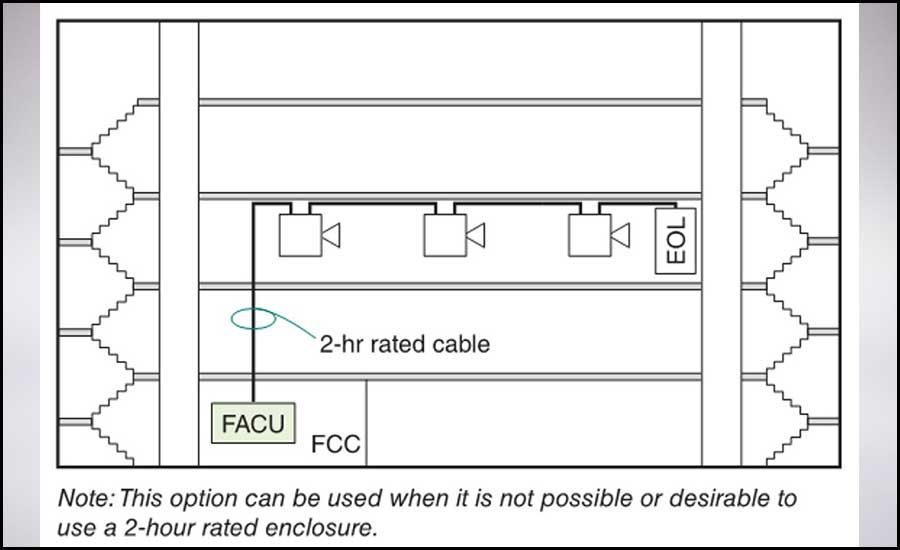 FIGURE 1: Field-built and product solutions. All images courtesy of Conquest Firespray LLC
FIGURE 1: Field-built and product solutions. All images courtesy of Conquest Firespray LLC
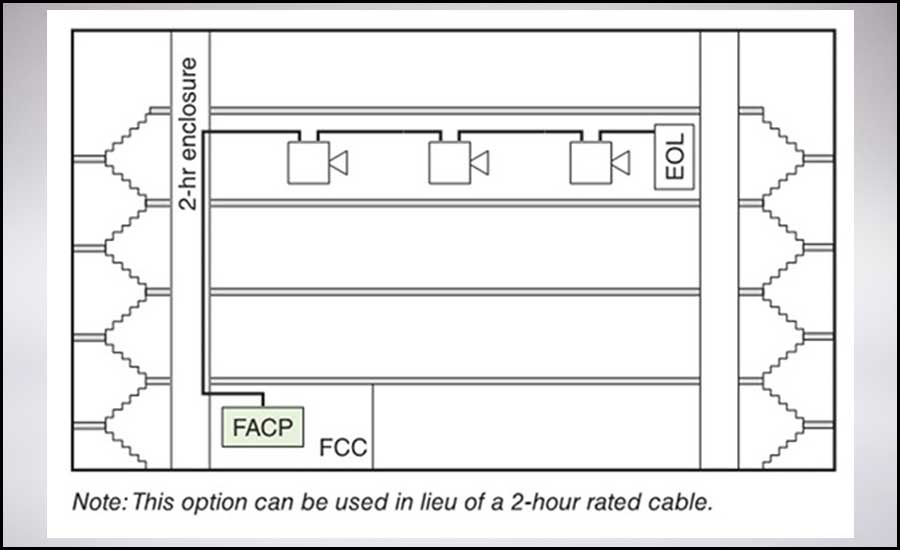 FIGURE 2: Field-built and product solutions. All images courtesy of Conquest Firespray LLC
FIGURE 2: Field-built and product solutions. All images courtesy of Conquest Firespray LLC Let’s also consider critical infrastructure as measured from a broader risk management perspective, including mission critical operations, because for other than converged life safety functions, most IT systems are not overtly "required" to be fire-rated or redundant by local building, fire, or electrical codes. Meeting other stakeholders’ expectations for redundancy and fire protection, such as in a Tier 4 data center, often exceeds this minimum regulatory criteria.
Critical facilities may impose additional survivability criteria on installations with operational integrity that demands higher performance thresholds. Cloud data and computing centers, essential manufacturing facilities, emergency operations centers, and similar mission critical environments demand survivability of their infrastructure. Some are regulated by relevant codes and standards, while others are driven by loss prevention and risk management that are dictated by other stakeholders. Those can be found in stakeholder-mandated sources, such as ANSI/TIA-942, “Telecommunications Infrastructure Standard for Data Centers,” and NFPA 75, “Standard for Fire Protection of Information Technology Equipment.”
Questions we investigate:
- What are the available engineering solutions that can address survivability with a two-hour fire rating?
- How cost-effective and space-efficient are these solutions?
- What are the life cycle implications?
Fire resistance may be provisioned by:
- ASTM E119 construction built around the protected pathway;
- Equivalent modular fire-rated enclosures;
- Encapsulation within 2-inch minimum cover of concrete;
- Listed products, e.g., mineral-insulated or circuit-integrity cable, such as tested by UL 2196 and ASTM E1725; or
- Hybrid installations, mixing the above options to meet the level of protection needed by different parts of the system.
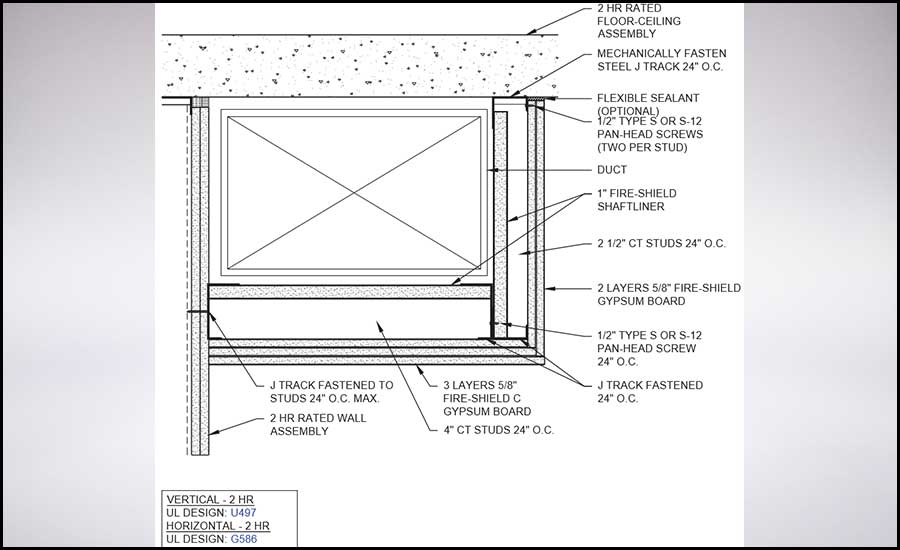 FIGURE 3: ASTM E119 field-built gypsum wallboard (GWB) enclosure.
FIGURE 3: ASTM E119 field-built gypsum wallboard (GWB) enclosure. Industry Challenges
ASTM E119 Built Construction
- Performance/fire thresholds for certain product categories do not align with the passing criteria from ASTM E119 (the building code’s referenced test standard for fire-resistance testing). ASTM E119 is designed to keep a fire originating in one compartment from traveling to the next, not to keep enclosed infrastructure within its actual functional limits — this is the case whether discussing distributed low-voltage equipment and cabling or even power wiring. In other words, placing critical infrastructure within fully code-compliant, fire-resistance construction doesn’t ensure functional protection.
- Retrofitting existing facilities with limited space for bulky solutions, e.g., GWB enclosures have serious limitations in terms of footprint, accessibility, and even allowable orientations (most horizontal infrastructure falls outside available approved designs).
- Inflexibility for modifying systems eventually needing future repairs.
- Typical telecom rooms don’t even have minimum dedicated fire-resistance to meet all relevant requirements. And, up-building (increasing the hourly rating) is not only costly but also doesn’t provide the dedicated protection in the end anyway.
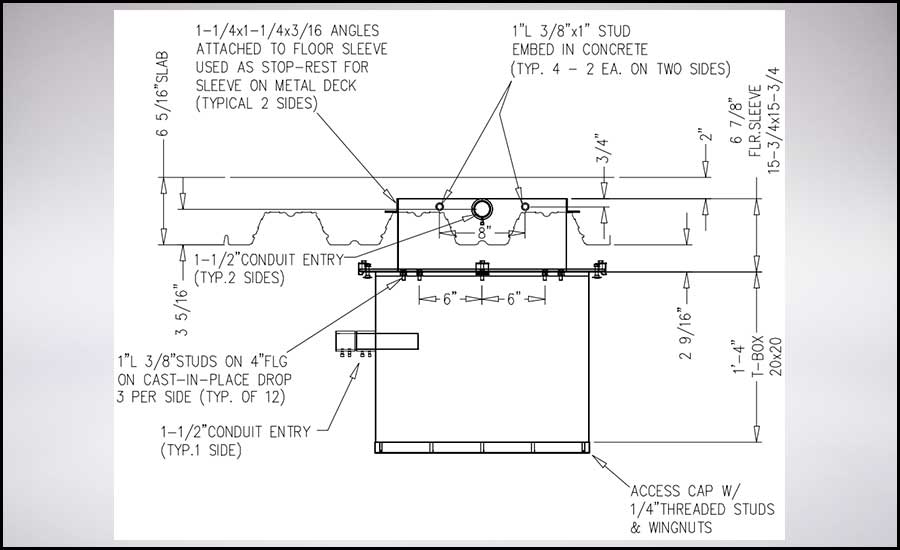 FIGURE 4: A hybrid solution: Concrete embedment with a modular enclosure for a splitter.
FIGURE 4: A hybrid solution: Concrete embedment with a modular enclosure for a splitter.
Fire-Rated Cabling (CI/MI)
- Most solutions are strictly end-point, e.g., three circuits equal three home run cables (no option for trunk distribution, splitting, or multisystem integration within a common assembly).
- Specialized training is necessary, not only for basic cable installation and supports but also for any splicing/splitting points or distributed equipment integrations.
- Specialized cabling systems are not all equal. Available product categories have a broad range of actual temperature protection, e.g., mineral-insulated cabling thresholds are different than circuit-integrity cabling. Different test standards have different criteria for what constitutes an acceptable outcome. What are the actual functional thresholds for each system and component intended for protection?
- Most solutions are segmented, i.e., they do not capture the full range of project applications, and few economies are available, if any.
- Many cabling solutions produce harmful byproducts under fire exposure, increasing risk to occupants, first responders, and damage to equipment not directly affected by the fire.
- Many cabling product solutions do not inherently include physical protection or readily meet continuity support, e.g., circuit-integrity cabling that still requires conduit/raceway for physical protection.
- Most solutions do not afford easy access for life cycle, e.g., downtime and cost for modification or expansion of the protected systems. What does that mean for future system upgrades or replacement?
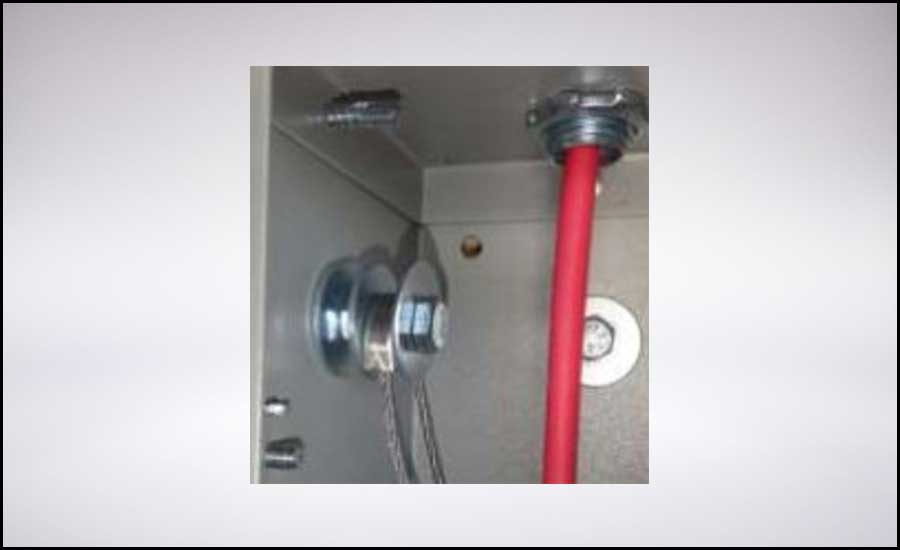 FIGURE 5: Fire-rated cabling systems.
FIGURE 5: Fire-rated cabling systems.  FIGURE 6: Fire-rated cabling systems.
FIGURE 6: Fire-rated cabling systems.The most flexible solutions are modular, tested for all routing orientations (both horizontal and vertical), and available with a range of features, capable of:
- Meeting minimum code compliance;
- Maintaining functional temperature thresholds (beyond minimum code criteria);
- Mitigating downtime for essential operations; and
- Providing access for future service, maintenance, modification, and expansion.
The process begins with determining the increasing levels of reliability that will be necessary as is determined by the appropriate risk analysis.
An example of a survivability application includes a basic ERCES/BDA system.
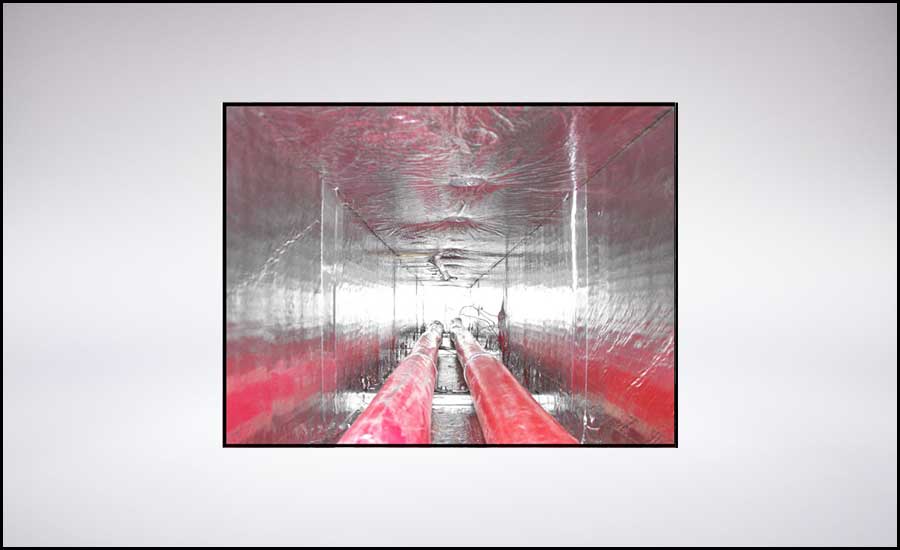 FIGURE 7: A dedicated modular, fire-rated enclosure system.
FIGURE 7: A dedicated modular, fire-rated enclosure system.
Basic System Options (Zero and Reduced Clearance)
- BDA in two-hour fire-resistance rating (FRR) modular equipment enclosure;
- TC to TC and TC to BDA equal a two-hour FRR modular trough; and
- Antenna to TC and Antenna to BDA equal a two-hour FRR modular branch enclosure.
 FIGURE 8: Emergency radio communication enhancement system protection.
FIGURE 8: Emergency radio communication enhancement system protection. Performance-Based Options (Progressive Performance Capabilities)
• Pathway integrity monitoring; and
• Active temperature control.
Similar approaches could be taken with any low-voltage or power system that is designated for survivability by relevant code, standard, or operational need, e.g., fire alarm, smoke control, IT/low-voltage cabling, power to essential equipment, etc.
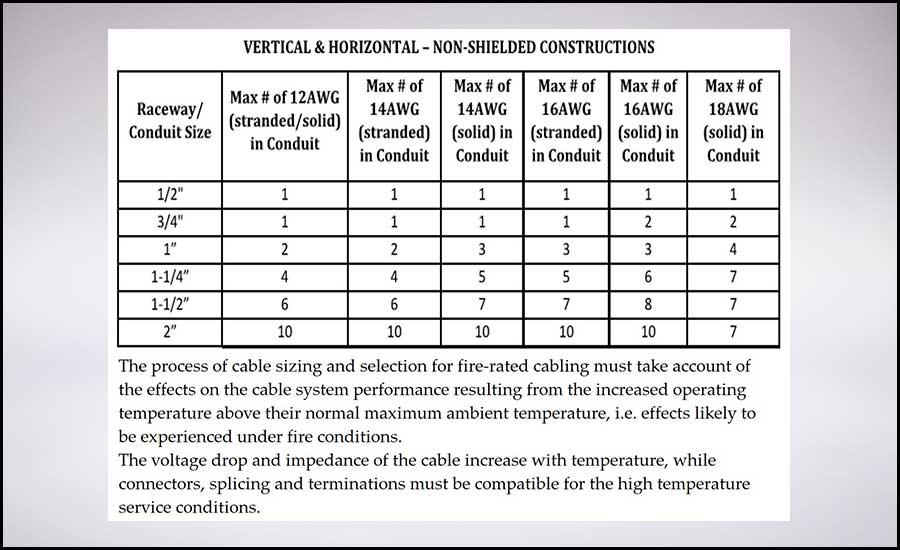 FIGURE 9: Electrical properties of power and low-voltage wiring under fire conditions.
FIGURE 9: Electrical properties of power and low-voltage wiring under fire conditions. Recognize There Is No Silver Bullet
- Small form factor is essential for branch system to end points, but the smallest form factor will not be the most economical nor the most effective, e.g., mineral-insulated or circuit-integrity cabling. These systems will also be the most difficult to manage over an entire life cycle as modifications are proprietary and, historically, quickly obsolesced. In a similar historical vein, recent product recalls bring into question:
- The potential for adverse operational impacts from necessary remediation activity;
- Whether these products will even work over the life cycle of the protected system; and
- The validity of the cable technologies and associated test standards themselves.
- One-stop shopping means larger form factor, but modular enclosure systems avoid the pitfalls of the segmented cable solutions and at a much lower cost.
- Keep an eye on j-boxes, terminal boxes, and equipment enclosures, which will all need to be protected equally. Cable solutions don’t solve the issues; modular enclosure systems do.
- Capturing multiple systems in one pass, e.g., IT, BDA, fire alarm, smoke control, fire pump, generator, etc., is extremely attractive but demands accommodation of the lowest operational temperature threshold from the group within any modular enclosure solution.
- Mixing high and low voltages within a common modular enclosure means compatibility with NEC separation requirements. When combining riser and trunk routing within a common enclosure system, ensure this capability is available for your solution.
- Mixing life safety infrastructure means keeping an eye on the entire environment within the enclosure system or room. Protecting at-risk fire sprinkler/standpipe mains and electrical systems means implementing an NEC-compliant raceway suitable for a wet environment along with leak-detection capabilities while matching sloping and low point drain capabilities for the enclosure system.
Experienced fire experts can help define risk and bring robust analysis to the final solution. Avoid linear decision-making and recognize the best solution for a project may be a hybrid implementation of the available solutions.





